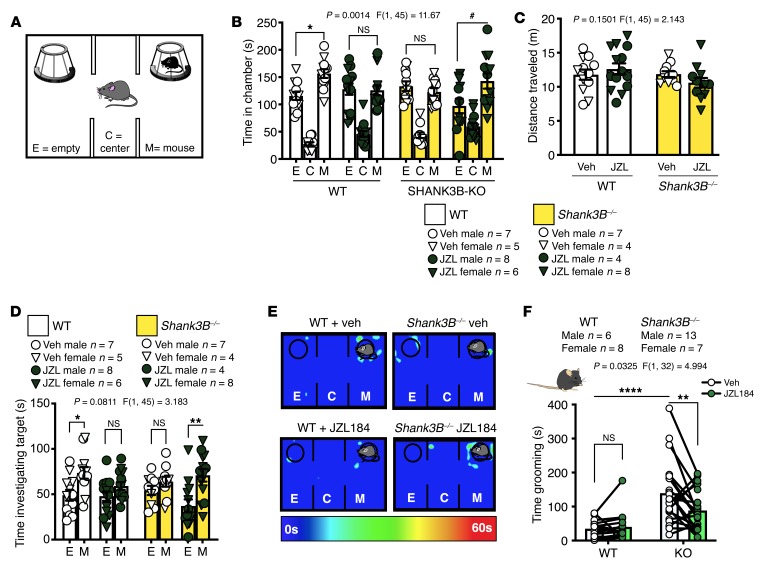Figure 7. Systemic JZL184 treatment reverses the core behavioral abnormalities in Shank3B–/– animals.
(A) Diagram of 3-chamber SI task. (B) Veh treatment did not affect SI in WT mice (*P = 0.0291 and did not induce a preference in Shank3B–/– (NS, P = 0.9369), while JZL184 eliminated social preference in WT mice (NS, P = 0.9998) but resulted in significant social preference in Shank3B–/– animals (#P = 0.0122). (C) There was no difference in distance traveled between groups. (D) JZL184-treated Shank3B–/– animals (**P = 0.0016) and Veh-treated WT mice (*P = 0.0225) had a preference for investigating the mouse, over empty, target while JZL184 WT (NS, P = 0.2997) and Veh Shank3B–/– mice (NS, P = 0.4555) did not; WT + Veh n = 12, WT + JZL n = 14, KO + Veh n = 11, and KO + JZL n = 12 (B–D). (E) Representative heatmaps of the 3-chamber SI task. (F) Shank3B–/– mice treated with Veh spent significantly more time grooming compared with WT Veh animals (****P < 0.0001). Shank3B–/– mice treated with JZL184 spent significantly less time grooming compared with Veh treatment (**P = 0.0069) and WT Veh treatment, while JZL184 had no effect in WT mice (NS, P = 0.9548); WT n = 14 (6 male and 8 female), and KO n = 20 (13 male and 7 female). Data analyzed via 3-way mixed-effects ANOVA with Holm-Šídák multiple-comparisons test (B, D), 2-way ANOVA with Holm-Šídák multiple-comparisons test (C), or 2-way repeated-measures ANOVA with Holm-Šídák multiple-comparisons test (F). P and F values for chamber × genotype × drug interaction shown in B and D or genotype × drug interaction (C, F).

